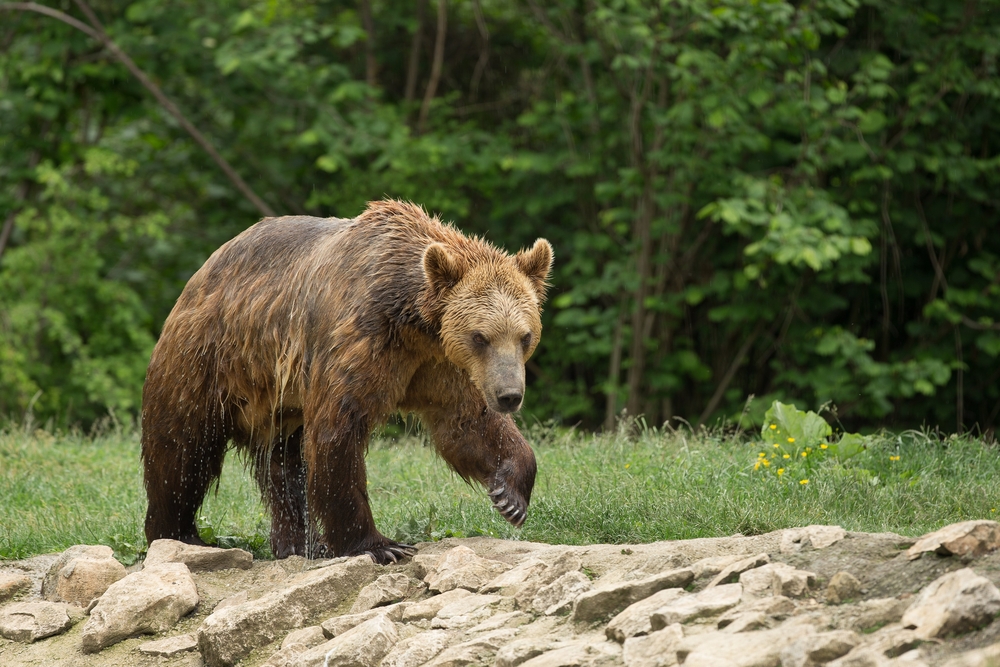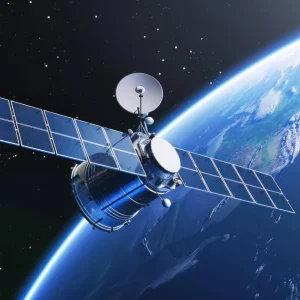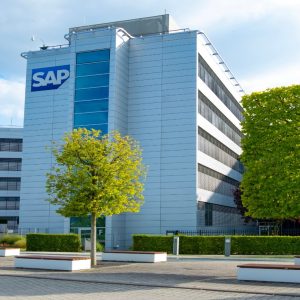
The Internet of Everything (IoE) has given consumers smart watches and connected cars, but it has now delivered the first intelligent connected forest.
The Alley Pond Park, in New York, has become part of a network of research sites in the U.S. called Smart Forests.
The project seeks to study the state of ecosystems in real-time and use data to make urban forests and their rural brethren healthier and more sustainable.
Climate change will also be better understood, and lessons can be learnt in order to take advantage of the effects of climate change.
For decades, the United States Forest Service (USFS) has been monitoring wildlife across the country, manually collecting information from air and soil temperature to solar radiation.
The organisation has now started to use IoT, or in its most recent version IoE, to measure different aspects of forests across the country. The information, previously almost only accessible to researchers, can also be seen by the general public on the internet.
A sensor-based system gets real-time measurements and, combined with traditional field studies and long-term records of patterns and processes, the system is able to respond quickly to environmental changes.
The ecosystem was designed to be simple and easily understood. Sensors will detect and deliver high resolution data wirelessly or through a cellular network to a centralised web portal. At the same time there are webcams to take pictures 24/7.
Once the data is collected, scientists can access and conduct analysis to detect any change of pattern within the ecosystem they are monitoring.
Researchers will also have the opportunity to make data visual and share it with the people that live in the surrounding areas of the forest or anywhere else in the country.
Not all parks and forest will have the same sensors, explained Lindsey Rustad, research ecologist for the USFS. Some locations will include sensors that reach around trees to measure their growth, others will use web cams and sensors to track the presence and absence of endangered species.
Lindsey Rustad, research ecologist for the US Forest Service, said: "We want to understand minute by minute the drivers of our forests’ health.
"Smart Forests offers transformational opportunities to better understand the physical, chemical and biological pulse of both terrestrial and aquatic ecosystems."






